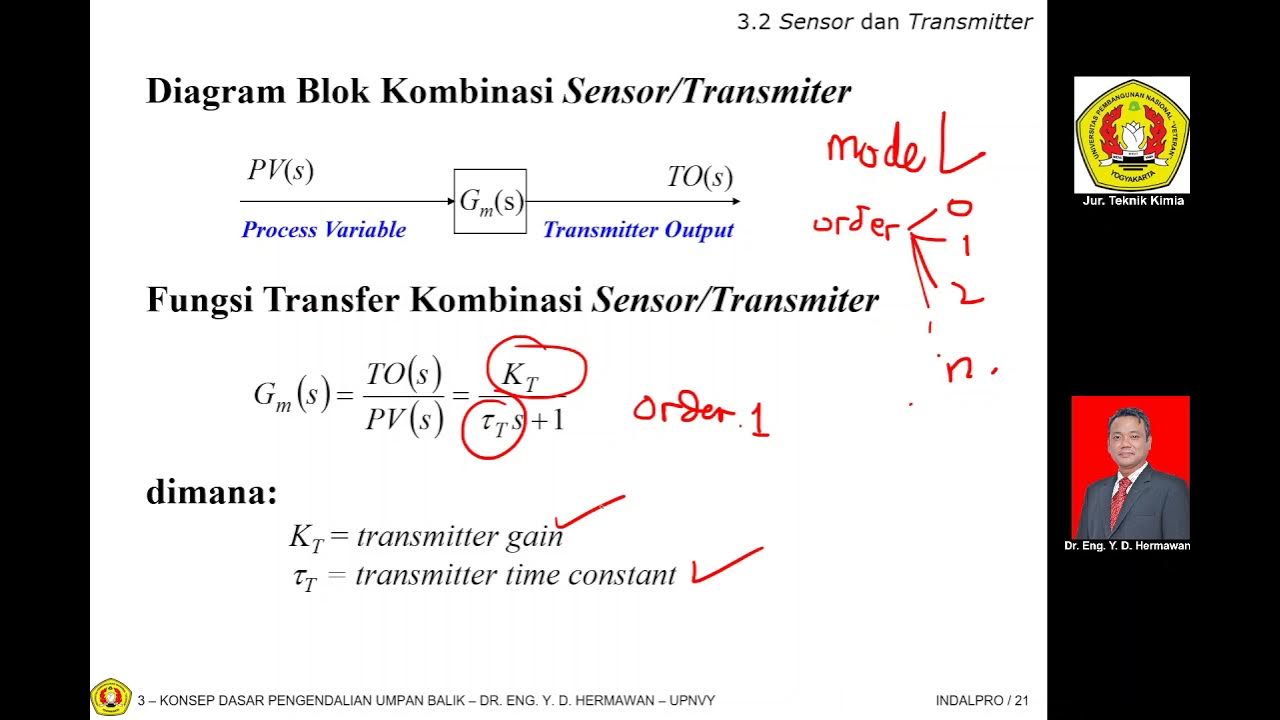DiEdukasi- Tm 1 Ekonomi Industri dan Digital
Summary
TLDRThis lecture introduces students to the fundamentals of Industrial and Digital Economics. The professor covers various economic paradigms, including behavioral economics, new industrial economics, and Chicago school perspectives. Students will learn about the impact of market structures like monopolies and oligopolies, along with efficiency and effectiveness in business operations. The lecture highlights the role of competition, market entry and exit costs, and minimal government intervention. It also explores the importance of innovation, technology, and digital strategies in today’s economy. A quiz is included for assessment, with additional reading materials for further exploration of the topics discussed.
Takeaways
- 😀 The course is focused on industrial economics and digital economics for the academic year 2022-2023.
- 😀 The first session covers the scope of industrial economics, starting with an introduction and followed by a discussion on key theories and paradigms.
- 😀 The behaviorist approach emphasizes that market behavior plays a crucial role in determining market structure and performance, but the relationship is non-linear.
- 😀 Industrial economics theories like 'SCP' (Structure-Conduct-Performance) highlight the importance of market structure, behavior, and performance in shaping industries.
- 😀 The 'New Industrial Economics' focuses on market behavior and strategies, with an emphasis on monopolies and oligopolies in certain industries.
- 😀 The Chicago School stresses operational efficiency as a key to success, with a distinction between being effective (target-oriented) and efficient (cost-effective).
- 😀 The 'Contestable Market Theory' suggests that competition drives market equilibrium, and the cost of entering or exiting a market should ideally be zero to avoid losses.
- 😀 The Australian school advocates minimal government intervention in the market, promoting self-regulation and innovation for profitability.
- 😀 The 'Neo-Empirical Industrial Organization' (Neo-IO) seeks to improve Harvard’s approach to economic modeling by simplifying market performance analysis using everyday data.
- 😀 The course encourages students to explore industrial sectors in their own country, analyze market conditions, and apply economic theories to real-world scenarios, including entrepreneurship.
Q & A
What is the primary focus of the Industrial Economics and Digital class?
-The class focuses on understanding the scope of industrial economics, its history, concepts, and the impact of industrial sectors in the economy, alongside analyzing the future of these industries, especially in the context of crises.
What are the key learning goals for students in the first class session?
-Students are expected to understand the scope of industrial economics, explain its historical development, analyze six economic schools of thought, and evaluate how industrial economics can adapt during a crisis.
What does the Behavioral Economics school of thought focus on?
-The Behavioral Economics school emphasizes the importance of market behavior in determining market structure and performance. It suggests that there is not always a linear relationship between structure improvements, behavior, and market performance.
How does New Industrial Economics differ from Behavioral Economics?
-New Industrial Economics stresses the market behavior and strategies but introduces the concept of monopolies and oligopolies as significant market forces, which was not as prominent in Behavioral Economics.
What is the primary concept behind the Chicago School's view on industrial economics?
-The Chicago School focuses on the idea that a company's success lies in its ability to operate efficiently. This includes maximizing quality within available resources, ensuring that products meet consumer needs without unnecessary costs.
What does the term 'efficiency' mean in the context of industrial economics?
-'Efficiency' refers to the ability to use available resources optimally to produce goods at the highest possible quality and with the least waste, ensuring the best possible outcome for both producers and consumers.
How does market concentration relate to monopolies and oligopolies?
-Market concentration refers to how much of a market is controlled by a few producers. When only one producer dominates, it leads to a monopoly. When a few producers control the market, it leads to an oligopoly.
What is the key idea behind the 'contestable market' theory?
-The contestable market theory argues that competition is a driving force for market balance. It suggests that the cost of entering and exiting the market should be zero or minimal to maintain healthy market dynamics.
What is the stance of the Australian school of thought on market intervention?
-The Australian school of thought advocates for minimal government or external intervention in markets, believing that markets should operate independently to foster innovation and technological progress, without heavy regulation.
How does the Neo or New Empirical Industrial Organization (NEIO) approach differ from the Harvard approach?
-NEIO refines the Harvard approach by focusing on simplifying economic models and avoiding complex calculations. It emphasizes using real-world data to understand market behavior and performance rather than relying solely on theoretical or complex statistical models.
Outlines

This section is available to paid users only. Please upgrade to access this part.
Upgrade NowMindmap

This section is available to paid users only. Please upgrade to access this part.
Upgrade NowKeywords

This section is available to paid users only. Please upgrade to access this part.
Upgrade NowHighlights

This section is available to paid users only. Please upgrade to access this part.
Upgrade NowTranscripts

This section is available to paid users only. Please upgrade to access this part.
Upgrade NowBrowse More Related Video

Introduction to microeconomics | Chapter 1 | Micro economics

Capaian Pembelajaran Bisnis Digital (Elemen Fase F)

[UFMS Digital] Apresentação da Disciplina Fundamentos da Economia

Steel Plate Girder (Eurocode 3)-Summary By Dr.Ina

[ Pré-Aula #1 - Introdução ao Estudo da Lógica ]

2021 04 05 IPP 3 2 Sensor Transmitter
5.0 / 5 (0 votes)